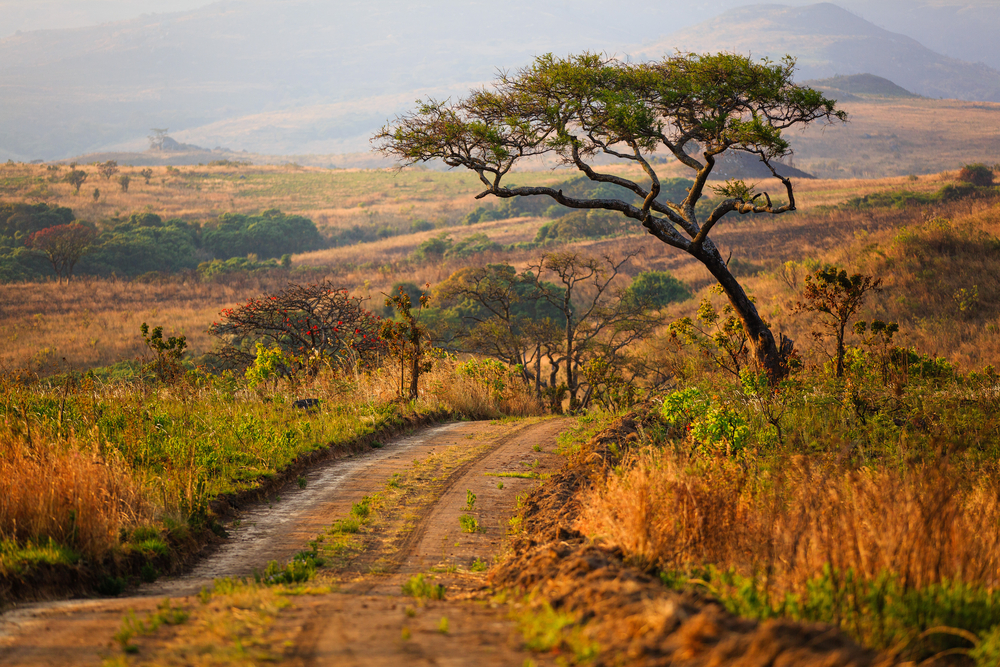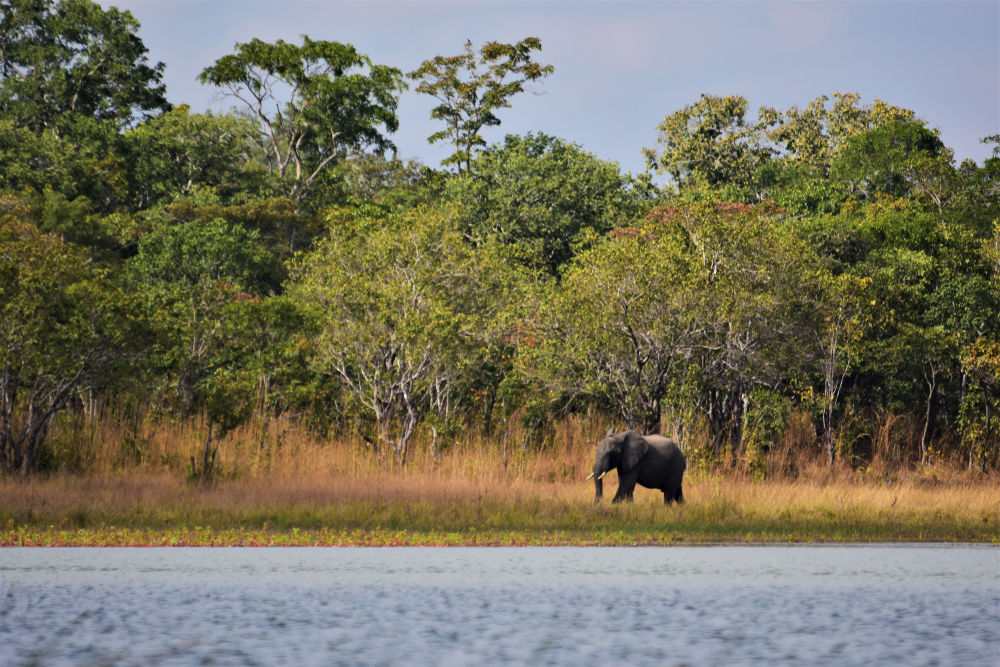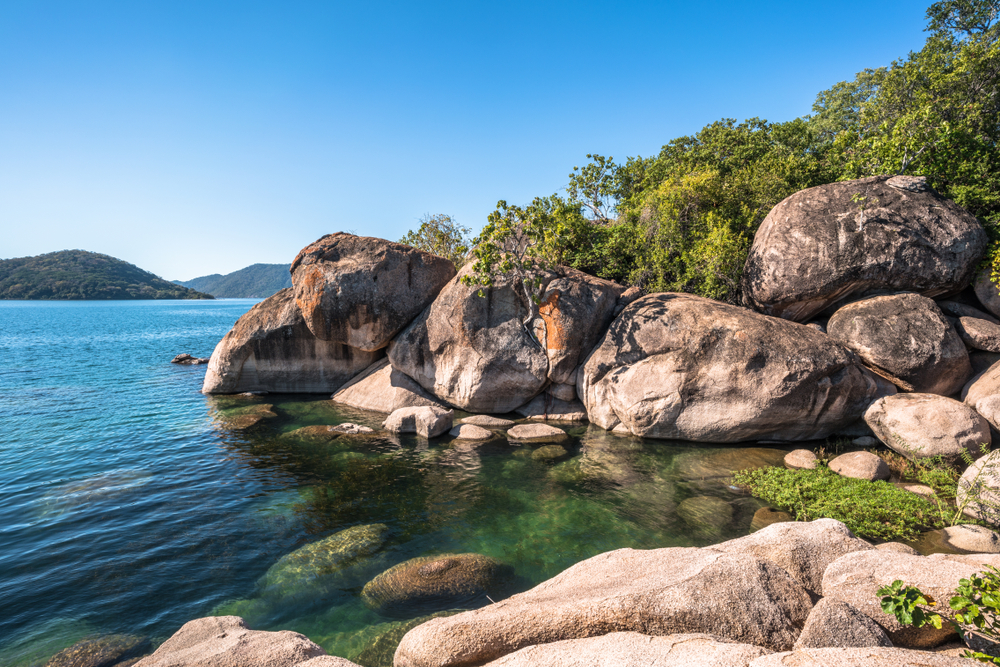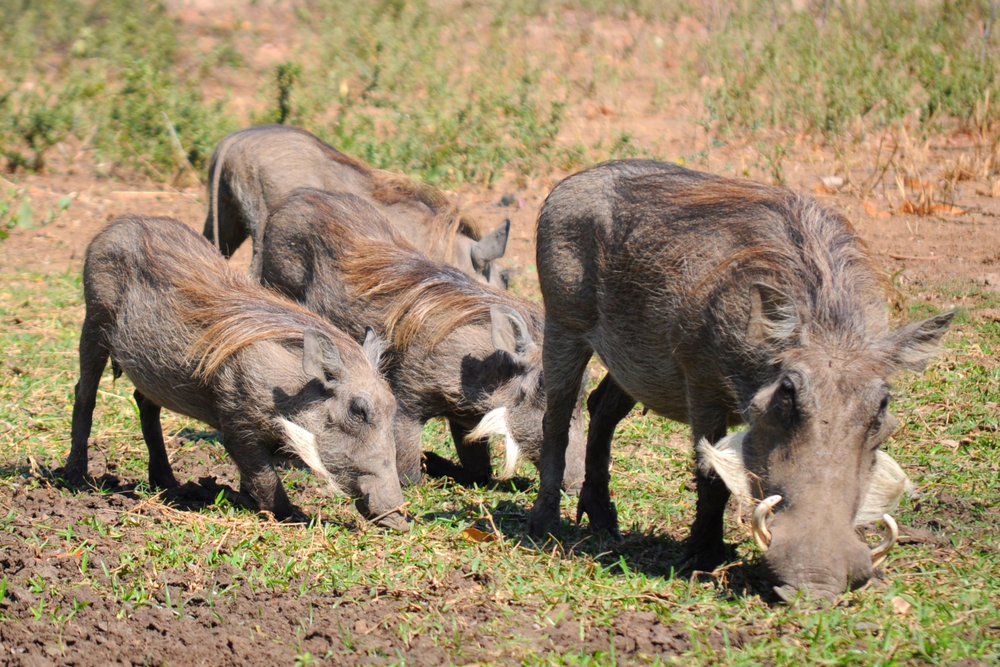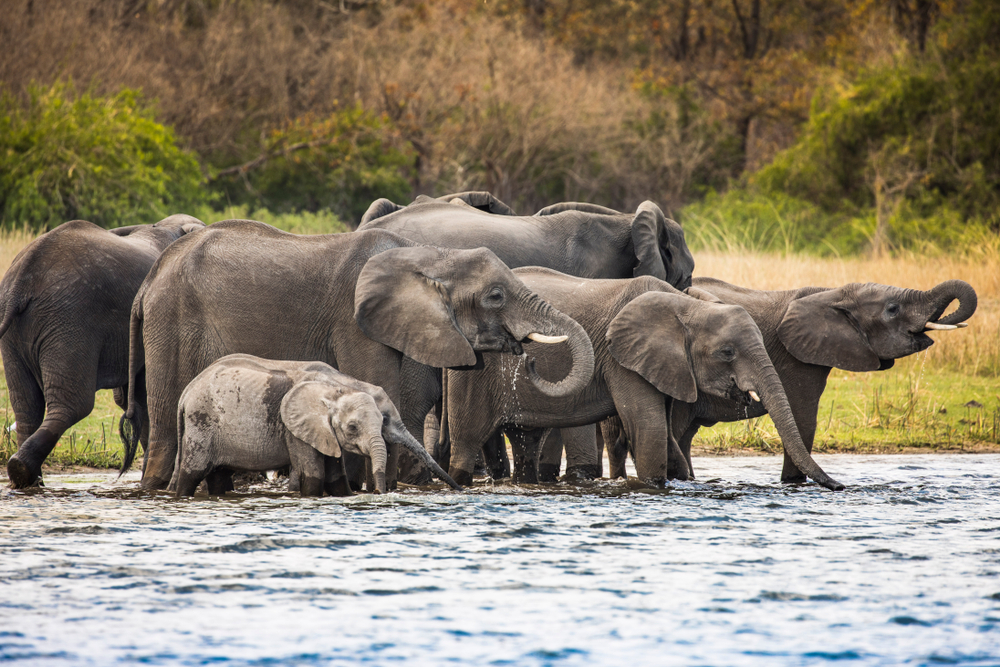Nyika Overview
Nyika National Park, locally referred to as “Nyika Plateau National Park,” is the largest national park in Malawi, spanning an area of 3,200 square kilometers. Situated in the northern region of the country, it extends into neighboring Zambia, showcasing its transboundary significance. Established in 1965, Nyika National Park is renowned for its high-altitude grasslands, rolling hills, and stunning montane landscapes, offering a unique blend of natural beauty and ecological richness.
The park’s name, “Nyika,” meaning “where the water comes from,” reflects the park’s role as a critical watershed for Malawi and Zambia. Its high-altitude plateau, reaching up to 2,600 meters above sea level, creates a cool and misty climate, distinct from the rest of Malawi. The terrain is dotted with granite outcrops, evergreen forests, and patches of montane grasslands, making it a visual masterpiece.
Nyika National Park is home to a diverse array of wildlife. Large herds of roan antelope roam the grasslands, alongside elands, zebras, and reedbucks. Predators such as leopards, spotted hyenas, and servals can also be found, although they are more elusive. The park is particularly famous for its floral diversity, hosting over 200 species of orchids that bloom during the rainy season, creating a vibrant tapestry across the landscape.
Birdlife in Nyika is equally impressive, with more than 400 recorded species. Notable birds include Denham’s bustard, blue swallow, and wattled crane, making the park a hotspot for ornithologists and birding enthusiasts. The plateau’s cooler climate and unique vegetation support these rare and migratory bird species, adding to the park’s ecological importance.
Nyika National Park offers a variety of attractions and activities for visitors. Scenic hiking and cycling trails wind through the plateau, providing opportunities to explore its breathtaking landscapes. The park also features several waterfalls, such as the Chelinda Falls, which cascade gracefully amidst the verdant surroundings. Game drives are another popular activity, allowing visitors to witness the abundant wildlife and panoramic views.
Conservation efforts in Nyika have been instrumental in preserving its unique ecosystems. The park is part of the Nyika Transfrontier Conservation Area, established to promote cross-border biodiversity conservation between Malawi and Zambia. Collaborative initiatives focus on wildlife protection, habitat restoration, and anti-poaching measures. Local communities are actively involved in these efforts, benefiting from eco-tourism and sustainable resource management practices.
In summary, Nyika National Park is a gem of biodiversity and natural beauty in Malawi. Its high-altitude landscapes, rich wildlife, and vibrant flora make it a must-visit destination for nature enthusiasts. Through ongoing conservation efforts and community engagement, the park continues to thrive as a haven for wildlife and a testament to the importance of protecting our natural heritage.








































































